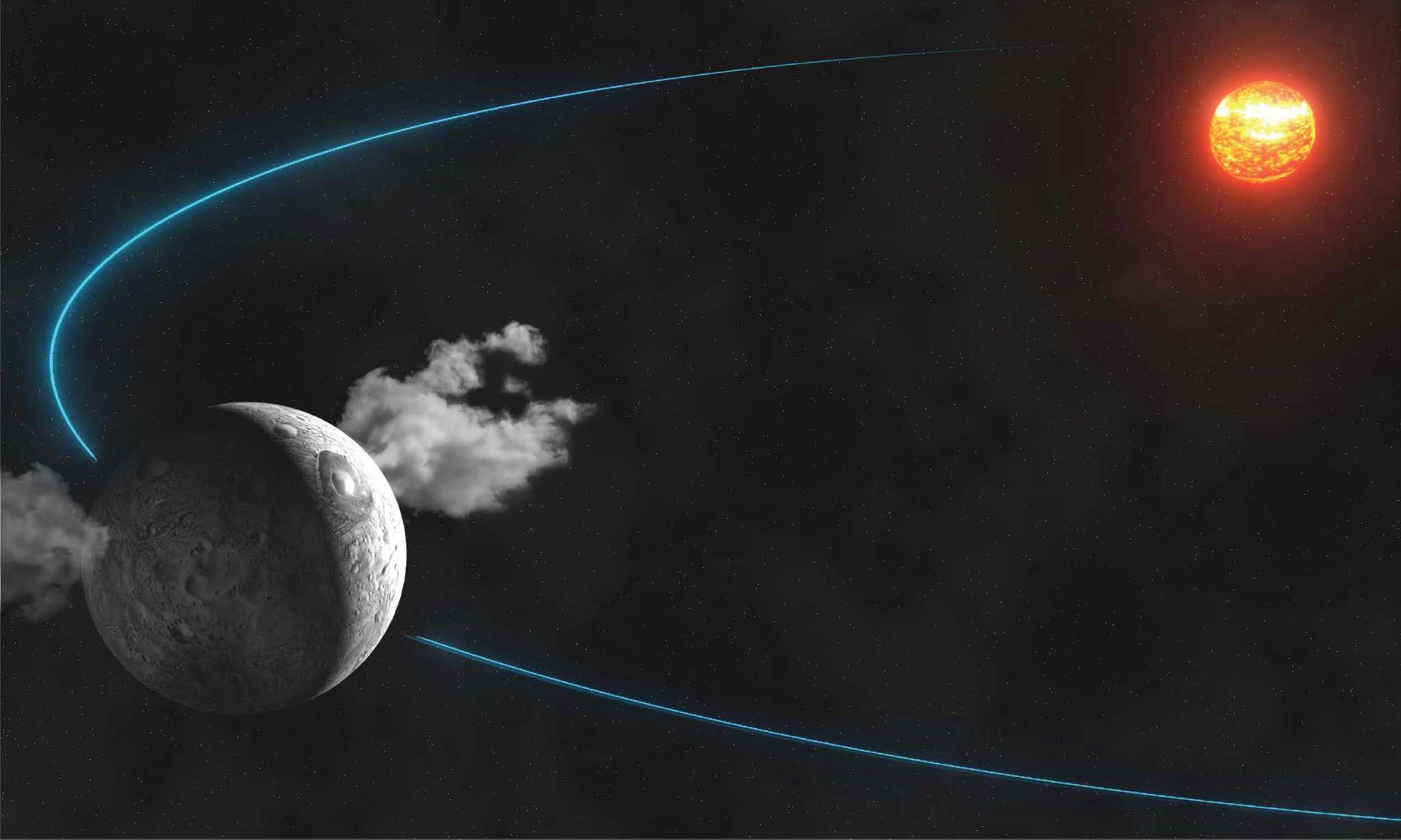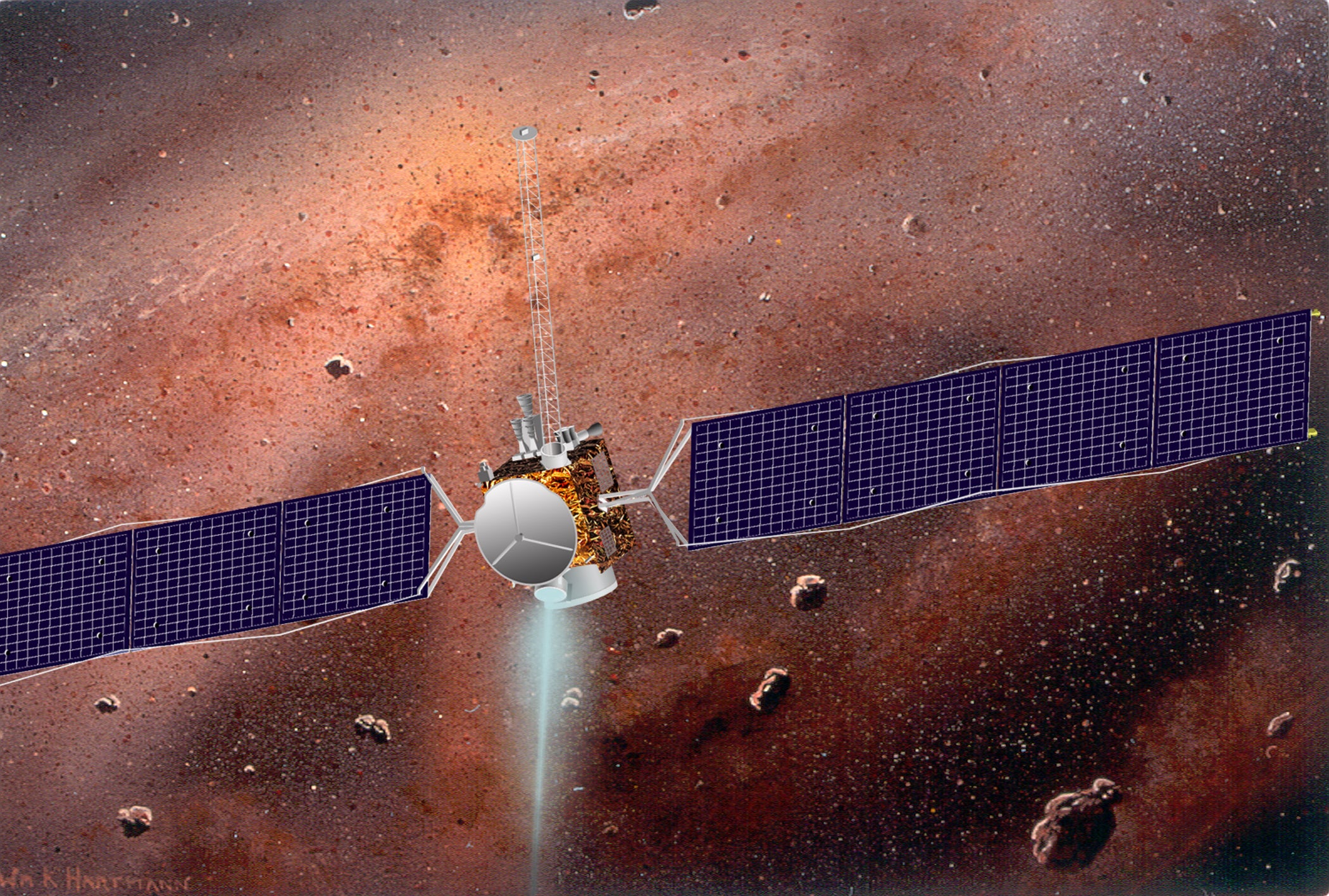The Independent's journalism is supported by our readers. When you purchase through links on our site, we may earn commission.
Discovery of water vapour on dwarf planet Ceres could give clues to the origins of life on Earth
Scientists say it's too early to say whether Ceres could support microbial life, but a visit from the Dawn spacecraft in early 2015 should provide answers

Your support helps us to tell the story
From reproductive rights to climate change to Big Tech, The Independent is on the ground when the story is developing. Whether it's investigating the financials of Elon Musk's pro-Trump PAC or producing our latest documentary, 'The A Word', which shines a light on the American women fighting for reproductive rights, we know how important it is to parse out the facts from the messaging.
At such a critical moment in US history, we need reporters on the ground. Your donation allows us to keep sending journalists to speak to both sides of the story.
The Independent is trusted by Americans across the entire political spectrum. And unlike many other quality news outlets, we choose not to lock Americans out of our reporting and analysis with paywalls. We believe quality journalism should be available to everyone, paid for by those who can afford it.
Your support makes all the difference.Twin plumes of water vapour have begun gushing from the dwarf planet Ceres, confirming astronomers’ previous suspicions that it contains abundant water in the form of geysers or ice volcanoes.
Scientists have said that the discovery raises questions as to whether Ceres might be hospitable to life, whilst also suggesting that the finding could give new clues as to the origin of life on Earth.
The plumes were identified by the European Space Agency’s (ESA) infrared Herschel space telescope before it was decommissioned last year, and comes just over a year before Nasa’s Dawn spacecraft is scheduled to take a look at the unusual ‘planet’.
Ceres is the smallest known example of a class of bodies known as ‘dwarf planets’, a classification also given to Pluto following its demotion from full planet status in 2006. With a diameter of around 590 miles across, Ceres is less than a third the size of the Moon, but is big enough for its gravity to pull it into a perfectly round shape.
.jpg)
It is roughly three times as far away from the Sun as the Earth and orbits our star between Mars and Jupiter. This proximity means that it might be the Sun’s heat that is warming ice on the surface or the near-surface of the planet, and turning it into water vapour.
"Another possibility," says Michael Küppers of the European Space Agency, "is that there is still some energy in the interior of Ceres, and this energy would make the water vent out in a similar way as for geysers on Earth, only that with the low pressure at the surface of the asteroid, what comes out would be a vapour and not a liquid."
Although the quantity of water vapour is not large (around 6 kilograms are expelled each second) the findings, first published in the journal Nature, raise many intriguing questions as to the existence of life on Ceres.
“One of the things that's intriguing here is the possibility of there being liquid water as opposed to ice," Marc Rayman of NASA's Jet Propulsion Laboratory and Dawn's chief engineer and mission director, told Reuters.
"Certainly all life that we know depends on water. And so this is part of the larger question of where can life exist."
Rayman said that although it would be premature to declare Ceres a candidate for playing host to extraterrestrial microbial life, the dwarf planet could help scientists understand more about the conditions in which life might form.

"There's a lot more than just water that's required for life. And whether Ceres has those other ingredients - which include, for example, a source of energy and all of the nutrients that life requires, the rest of the chemistry - it's too early to say," said Rayman.
Scientists will find out more when the Dawn probe observes the surface of Ceres in March or April 2015. The satellite will orbit the dwarf planet around 950 kilometersfrom the surface, mapping the geology and chemistry of the surface in high resolution and revealing the process responsible for the newly-identified plumes.
Join our commenting forum
Join thought-provoking conversations, follow other Independent readers and see their replies
Comments